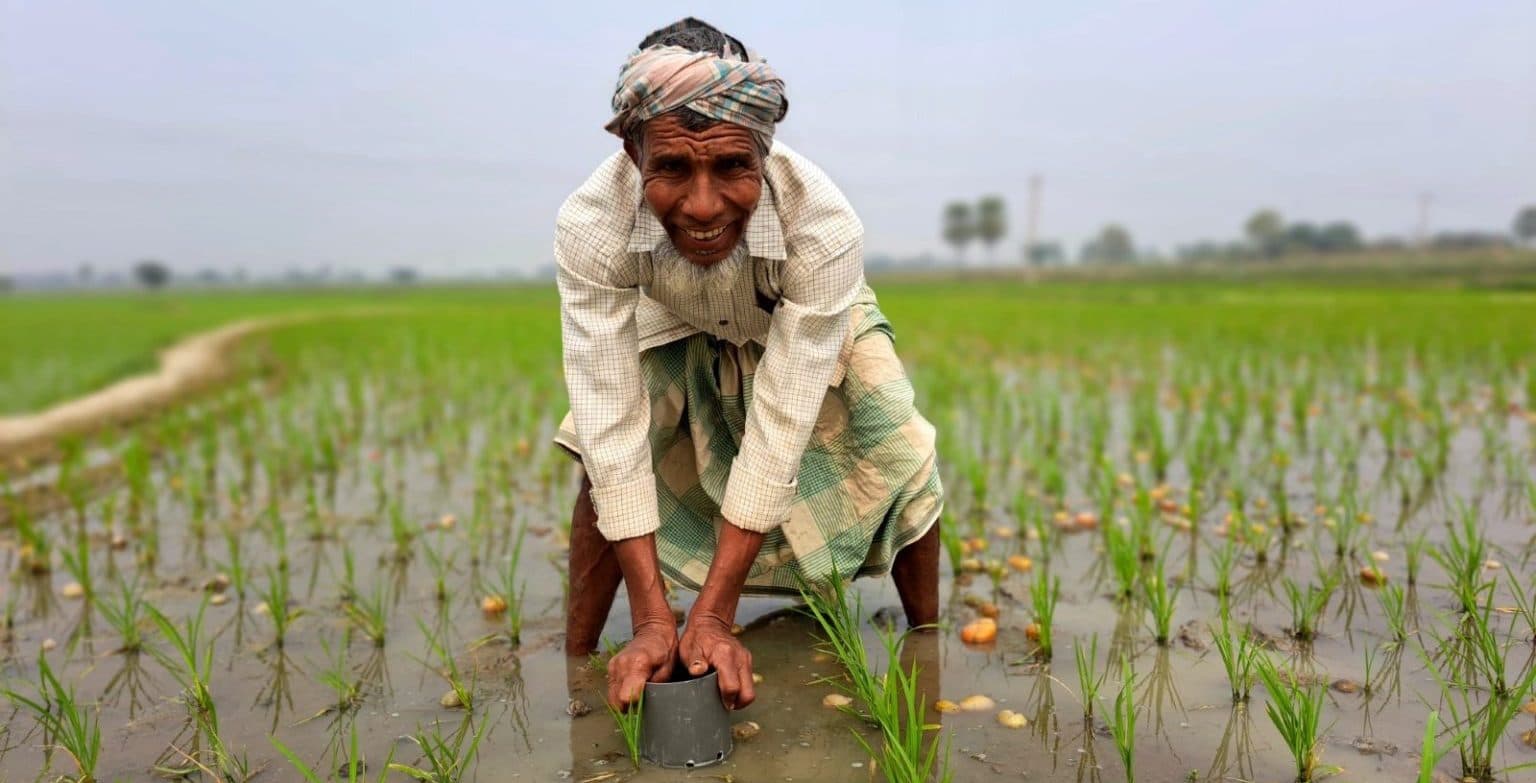Climate Smart Agriculture

Empowering smallholders through sustainable, adaptive, and resilient farming
Agriculture is significantly impacted by climate change due to its dependence on weather patterns and ecological systems. At the same time, farming activities contribute substantially to greenhouse gas (GHG) emissions—accounting for roughly 25% of global totals through land use and production practices. These dynamics make it essential to both reduce agriculture’s environmental footprint and strengthen its ability to adapt to changing climatic conditions.
Smallholder farmers in low- and middle-income countries face increasing risks from these changes, including erratic yields, reduced resource access, and limited integration into value chains. In response, Climate-Smart Agriculture (CSA) offers a holistic solution to build resilient, adaptive, and environmentally sustainable farming systems.
SAF (formerly SFSA) has embedded CSA into its core strategy to address these interlinked challenges and support smallholder livelihoods under climate stress.
The term ‘Climate-Smart Agriculture’ (CSA) refers to farming methods that promote sustainable production, resilience to climate-related risks and climate change mitigation. In collaboration with NRI (University of Greenwich, UK), we have co-created a digital tool to facilitate CSA decision-making. We evaluated the tool at experts’ workshops in Bangladesh and Kenya to evaluate the ‘climate-smartness’ of our interventions, bringing together partner representatives, academics, and experts from our teams.
The Climate-Smart Decision Guide tool is an Excel-based method for evaluating Climate-Smart Agriculture (CSA) interventions in a specific setting. It examines five different result pathways to see how they impact a project’s success in Sustainable Production, Adaptation, and Mitigation, the three pillars of CSA.
- Agricultural production
- Income and assets
- Value chains
- Human capital
- Natural capital
Climate-smart agriculture is often discussed at a high level, focusing on agricultural productivity, climate impacts, and adaptation. However, bringing these concepts to local scales helps us understand the trade-offs and challenges at a micro level, which are not as apparent at the macro level. This approach also prevents falling into the trap of assuming that all interventions are inherently climate-smart, as real constraints and trade-offs become more visible at the stakeholder level.
By moving away from high-level discussions, it has been realized that many climate-smart interventions may result in reductions in yield due to the scale of climate challenge. In some cases, the best that CSA can do is find a way of trying to stabilize the impacts on yield. Engaging stakeholders in the CSA interventions helps to ensure more realistic expectations.
The Climate-Smart Decision Guide tool is a method to bring together existing understanding and perceptions around a CSA intervention. It does not have any ability to measure or quantify impacts. However, it was intended to be usable by stakeholders within situations where robust information is available. In an ideal scenario, externally validated information would inform user choices. The initial version of the tool aimed to explicitly quantify CSA impacts, but we found it unrealistic to expect the necessary level of quantification across all pillars of CSA (Sustainable Production, Adaptation, and Mitigation). Nonetheless, the tool is transparent, allowing users to decide what elements to include and choose different weighting systems. It serves as a heuristic tool, facilitating decision-making and learning within a group, particularly for portfolio management of agricultural projects. It also helps understand the extent to which different actors can meet wider climate-smart agriculture objectives. The tool provides a clearer picture of climate-smart agriculture from micro to larger scales and helps design a mosaic of projects at a regional level.
Relevant publication: https://www.sciencedirect.com/science/article/pii/S0308521X24002105
Disclaimer: This thematic area description was originally written by SFSA and has been modified and adapted here.
Share